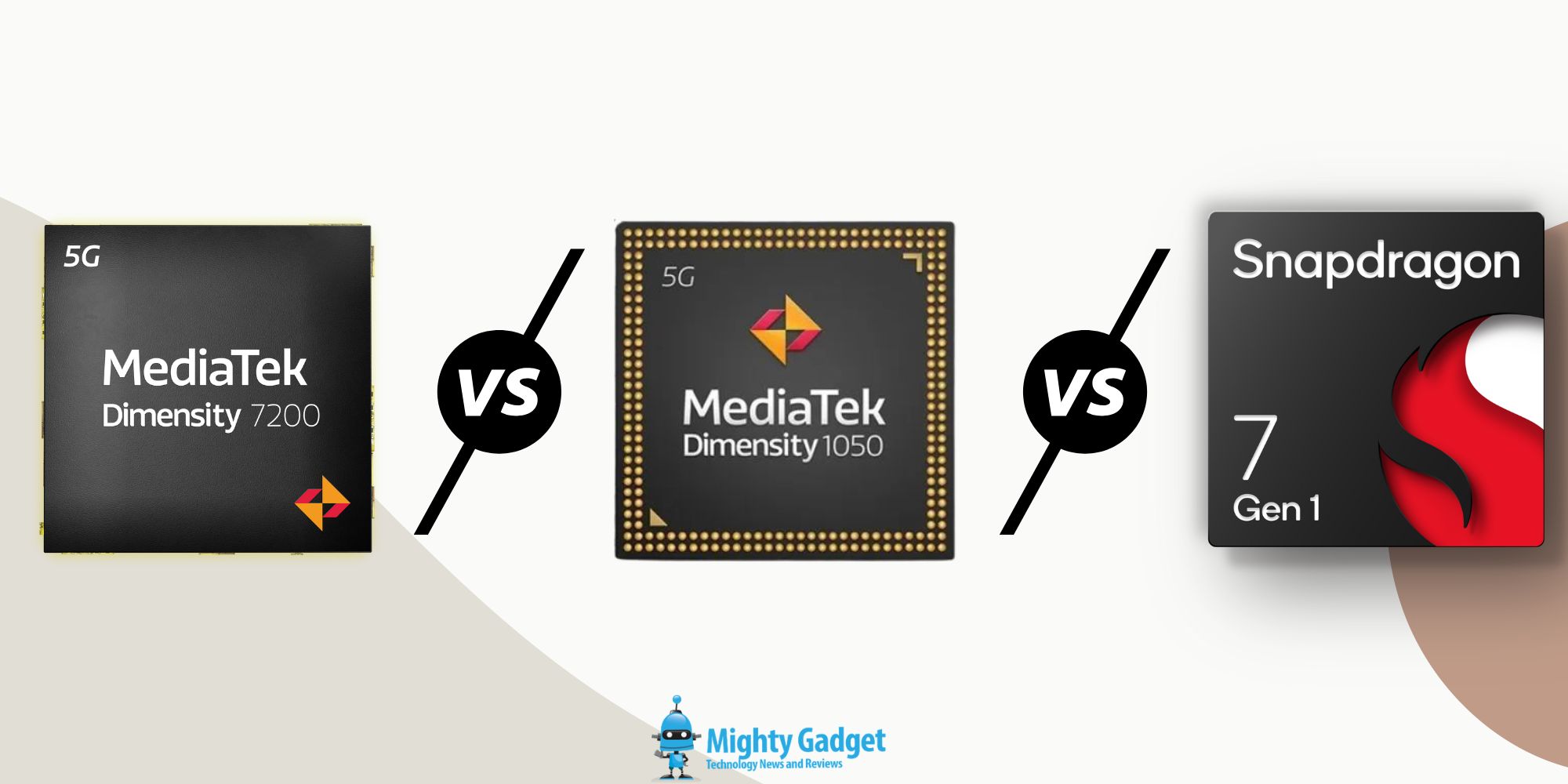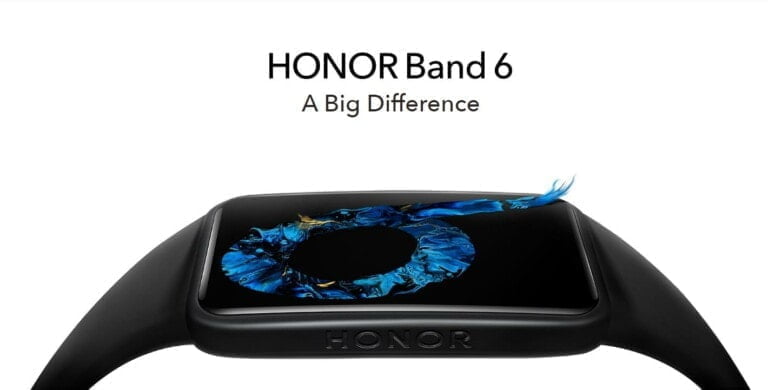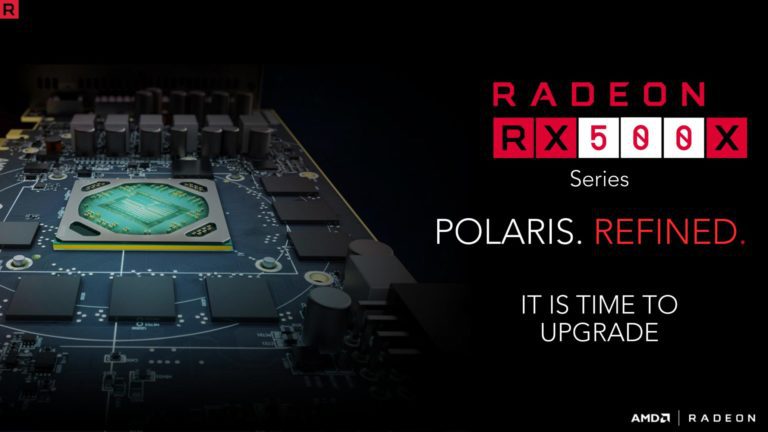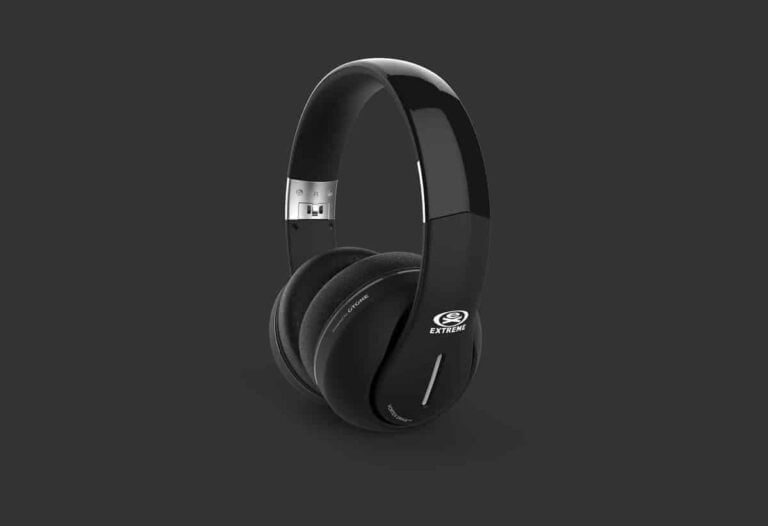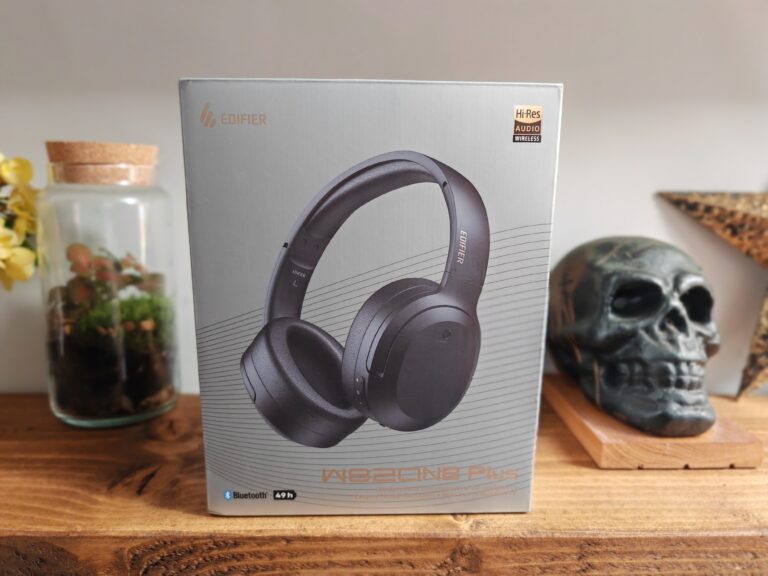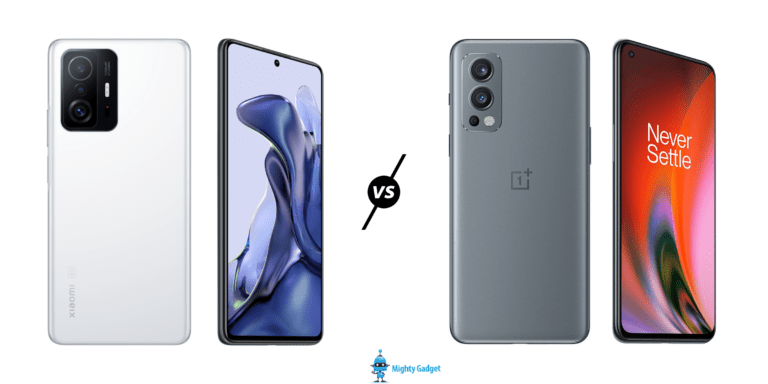Any links to online stores should be assumed to be affiliates. The company or PR agency provides all or most review samples. They have no control over my content, and I provide my honest opinion.
As much as I love what MediaTek has been doing over the past few years, I am also quite critical of the unremitting SoC launches that consist of incremental specification changes.
Thankfully, today’s MediaTek Dimensity 7200 is a product launch that introduces a significant architecture change compared to other Dimensity chipsets.
MediaTek Dimensity 7200 is a completely new chipset
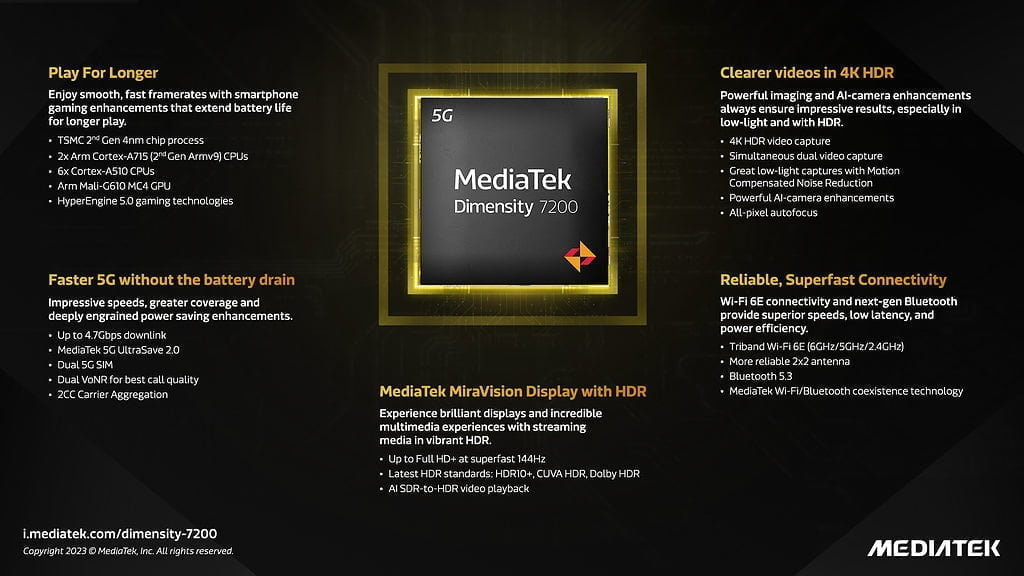
This new chipset uses a 2×6 design, with its two primary cores being the Arm Cortex A715. This makes it the first chipset to feature the Cortex A715 as the primary CPU core, and it is only the Snapdragon 7 Gen 1 that is the other chipset to use an upper mid-range Armv9 “big” Cortex CPU. However, the Snapdragon 7 Gen 1 uses 4x Cortex-A710 cores.
It is difficult to work out what this chipset directly succeeds, there is the two-year-old Dimensity 720 which used 2xA76 and 6xA55.
But you then have the Dimensity 810 with the same CPU cores or the Dimensity 930 with 2xA78 and 6xA55. The Dimensity 920, 1050 and 1080 all have the same CPU design and they differentiate from each other with the GPU.
Looking at the specification, I’d say the MediaTek Dimensity 1050 was the closest relation and this launched in May 2022.
MediaTek Dimensity 7200 vs Dimensity 1050 vs Qualcomm Snapdragon 7 Gen 1 Specification
| MediaTek Dimensity 7200 | MediaTek Dimensity 1050 | Qualcomm Snapdragon 695 | |
|---|---|---|---|
| Fabrication Process | 4nm, TSMC | 6nm, TSMC | 6nm, TSMC |
| CPU | 2x ARM Cortex-A715@2.8GHz | 2x ARM Cortex-A78@2.5GHz | 2x 2.2 GHz – Kryo 660 Gold (Cortex-A78) |
| 6x ARM Cortex-A510@ | 6 ARM Cortex-A55@2.0GHz | 6x 1.7 GHz – Kryo 660 Silver (Cortex-A55) | |
| GPU | Mali-G610 MC4 GPU | Mali-G610 MC3 GPU | Adreno 619 950 MHz |
ARM Cortex-A715 and Fabrication Process
The MediaTek Dimensity 7200 is built on the 4nm TSMC fabrication process, which is the same fabrication process as the flagship MediaTek Dimensity 9200, and it should offer superior efficiency to the 4nm Samsung process used on the Qualcomm Snapdragon 7 Gen 1.
The ARM Cortex-A715 is a powerful CPU as well, ARM claims consistent gains mean Cortex-A715 matches the performance of Cortex-X1, the first-generation Cortex-X CPU.
The ARM Cortex-A715 also has 20% power efficiency improvements compared to Cortex-A710, which is used on the Qualcomm Snapdragon 7 Gen 1.
Of course, the Qualcomm Snapdragon 7 Gen 1 has four big cores and will almost certainly offer superior performance. But, I expect the Dimensity 7200 will be used on more affordable phones.
Overall
I feel like the mid-range chipsets from both MediaTek and Qualcomm have been flagging in the past couple of years. The brands were forced to make incremental upgrades rehashing the ageing ARM architecture.
The MediaTek Dimensity 7200 is therefore an important release which will likely be the first chipset of many that use the new Armv9 architecture for mid-range chipsets.
Full Press Release
MediaTek today announced the Dimensity 7200, its inaugural chipset in the new Dimensity 7000 series. The Dimensity 7200 boasts cutting-edge AI imaging features, powerful gaming optimizations, and impressive 5G speeds, all with deeply engrained power savings for extended battery life.
The Dimensity 7200 delivers the same TSMC 4nm second-generation process found in the Dimensity 9200, and is ideal for ultra-slim designs in a variety of form factors. The octa-core CPU integrates two Arm Cortex-A715 cores, featuring operating speeds of up to 2.8GHz, with six Cortex-A510 cores, so users can effortlessly multitask and take advantage of peak performance in every app. To further optimize power and performance, MediaTek’s built-in AI Processing Unit (APU) maximizes the efficiency of AI tasks and AI-fusion processing.
“The MediaTek Dimensity 7000 series will be vital for mobile gamers and photography enthusiasts who are looking for an affordable way to squeeze the most battery life out of their phones without skimping on performance,” said CH Chen, Deputy General Manager of MediaTek’s Wireless Communications Business Unit.
For gamers, the MediaTek HyperEngine 5.0 technology delivers AI-based Variable Rate Shading (VRS) for power savings, CPU and GPU smart resource optimization for better battery life, and other upgrades for smooth gameplay. The chipset also integrates a powerful Arm Mali G610 GPU that supports fast response times and sustains high frame rates.
Utilizing MediaTek’s Imagiq 765 and a 14-bit HDR-ISP, the Dimensity 7200 supports 200MP main cameras for epic photography. The chipset enables impressive video capturing with 4K HDR video, and even allows users to simultaneously capture content from two cameras at Full HD resolution while keeping everything in focus with all-pixel autofocus technology. To ensure users can capture stunning imagery at night and in low-light environments, the chipset has built-in motion compensated noise reduction. Additionally, the APU supports powerful AI-Camera enhancements such as real-time portrait beautification.
Dimensity 7200 has a 3GPP Release-16 standard Sub-6GHz 5G modem with up to 4.7Gbps downlink, and supports triband Wi-Fi 6E connectivity and next-gen Bluetooth 5.3. The fully integrated 5G modem and MediaTek’s 5G UltraSave 2.0 technology suite ensure best-in-class cellular power efficiency. For reliable coverage everywhere, the chipset supports 2CC Carrier Aggregation and Dual 5G SIM with dual VoNR. The Dual SIM capability also lets users have two connections, making it easy to take work and personal calls from a single smartphone.
Additional features of the Dimensity 7200 include:
- Up to 6400Mbps memory frequency and UFS 3.1 for maximum storage.
- MediaTek MiraVision Display with HDR supports the latest standards including HDR10+, CUVA
- HDR and Dolby HDR.
- Up to Full HD+ and 144Hz for brilliant displays.
- AI SDR-to-HDR video playback for enhanced multimedia experiences.
- Bluetooth LE Audio technology and Dual-Link True Wireless Stereo Audio for wireless earbud support.
I am James, a UK-based tech enthusiast and the Editor and Owner of Mighty Gadget, which I’ve proudly run since 2007. Passionate about all things technology, my expertise spans from computers and networking to mobile, wearables, and smart home devices.
As a fitness fanatic who loves running and cycling, I also have a keen interest in fitness-related technology, and I take every opportunity to cover this niche on my blog. My diverse interests allow me to bring a unique perspective to tech blogging, merging lifestyle, fitness, and the latest tech trends.
In my academic pursuits, I earned a BSc in Information Systems Design from UCLAN, before advancing my learning with a Master’s Degree in Computing. This advanced study also included Cisco CCNA accreditation, further demonstrating my commitment to understanding and staying ahead of the technology curve.
I’m proud to share that Vuelio has consistently ranked Mighty Gadget as one of the top technology blogs in the UK. With my dedication to technology and drive to share my insights, I aim to continue providing my readers with engaging and informative content.

